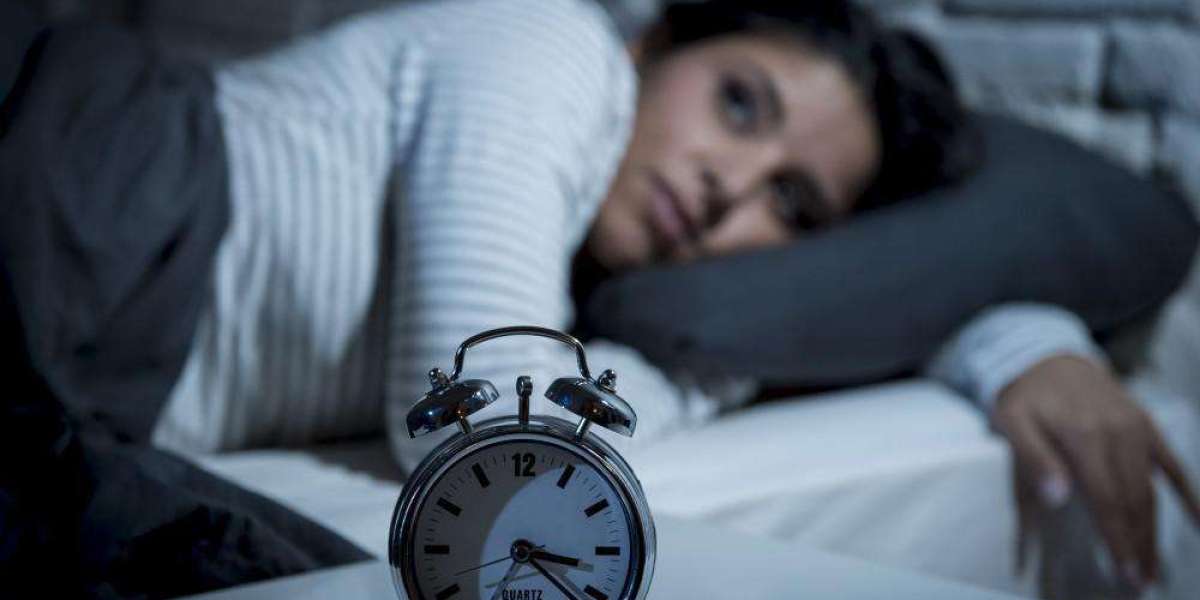Introduction
In a world that never seems to slow down, sleep has become a luxury that many people struggle to afford. Insomnia, characterized by difficulty falling or staying asleep, affects millions globally, impacting their overall health and quality of life. This article delves into the science of sleeplessness, exploring the mechanisms behind insomnia, its various causes, and potential solutions.
What Is Insomnia?
Insomnia is a sleep disorder marked by persistent trouble falling asleep, staying asleep, or waking up too early and not being able to return to sleep. It can be acute, lasting for a few nights or weeks, or chronic, persisting for months or even years. Insomnia often leads to daytime impairments such as fatigue, mood disturbances, and cognitive issues, making it a significant concern for those affected.
The Sleep-Wake Cycle
To understand insomnia disorder, it's essential to grasp the sleep-wake cycle. This cycle is regulated by the circadian rhythm—a 24-hour internal clock that governs sleepiness and alertness. The circadian rhythm is influenced by external factors like light and temperature, and disruptions to this rhythm can lead to sleep problems. Additionally, the homeostatic drive for sleep, which builds the longer you are awake, also plays a critical role in determining how and when you sleep.
Biological Mechanisms Behind Insomnia
Neurotransmitters and Hormones
Neurotransmitters such as serotonin, norepinephrine, and gamma-aminobutyric acid (GABA) play pivotal roles in regulating sleep. Serotonin and norepinephrine are involved in the promotion of wakefulness, while GABA and other inhibitory neurotransmitters promote sleep. Imbalances in these neurotransmitters can disrupt sleep patterns and contribute to insomnia.
Hormones such as cortisol, which follows a diurnal rhythm, can also impact sleep. Elevated cortisol levels, particularly in the evening, can interfere with the ability to fall asleep and maintain restful sleep.
Brain Activity
Brain activity during sleep is divided into various stages, including REM (rapid eye movement) and non-REM sleep. During non-REM sleep, the brain undergoes restorative processes, while REM sleep is crucial for cognitive functions and emotional regulation. Insomnia can lead to fragmented sleep, preventing adequate progression through these stages and impairing overall sleep quality.
Psychological and Behavioral Causes
Stress and Anxiety
Stress and anxiety are among the most common psychological causes of insomnia. When the body perceives a threat, it activates the stress response, which can include increased heart rate, muscle tension, and elevated cortisol levels. This heightened state of arousal can make it difficult to relax and fall asleep. Chronic stress can also lead to the development of maladaptive sleep habits and perpetuate insomnia.
Depression
Depression is closely linked to insomnia. Individuals with depression often experience disruptions in their sleep patterns, including difficulty falling asleep, early morning awakenings, or excessive sleep. This relationship is bidirectional—insomnia can contribute to the development or worsening of depressive symptoms, creating a cycle that is challenging to break.
Behavioral Factors
Behavioral factors such as irregular sleep schedules, excessive screen time before bed, and consumption of stimulants like caffeine and nicotine can exacerbate insomnia. The use of electronic devices emitting blue light can interfere with melatonin production, a hormone crucial for regulating sleep.
Medical Conditions and Insomnia
Chronic Pain
Chronic pain conditions, such as arthritis or fibromyalgia, can significantly impact sleep quality. Pain can prevent individuals from falling asleep or cause frequent awakenings throughout the night. The interplay between pain and insomnia can create a cycle where poor sleep exacerbates pain and vice versa.
Sleep Apnea
Obstructive sleep apnea (OSA) is a condition where the airway becomes blocked during sleep, leading to intermittent breathing pauses. This condition can cause frequent awakenings and fragmented sleep, resulting in daytime sleepiness and fatigue.
Hormonal Imbalances
Hormonal changes, particularly in women, can influence sleep patterns. Menstrual cycle fluctuations, pregnancy, and menopause can contribute to insomnia through hormonal changes and related symptoms such as night sweats and hot flashes.
Cognitive and Environmental Factors
Cognitive Hyperarousal
Cognitive hyperarousal refers to the heightened state of mental alertness and overthinking that can occur when trying to sleep. Individuals with insomnia may experience racing thoughts, worry about sleep, or ruminate on daily stressors, making it difficult to relax and fall asleep.
Environmental Factors
Environmental factors such as noise, light, and an uncomfortable sleep environment can also contribute to insomnia. A bedroom that is too warm, too cold, or too noisy can disrupt the ability to fall and stay asleep.
Diagnosis and Treatment
Diagnosis
Diagnosing insomnia involves a thorough evaluation of sleep patterns, medical history, and potential contributing factors. Sleep diaries, actigraphy (using wearable devices to monitor sleep patterns), and polysomnography (a comprehensive sleep study) may be used to assess the nature and severity of the sleep disorder.
Treatment Options
Cognitive Behavioral Therapy for Insomnia (CBT-I): CBT-I is a structured program that helps individuals identify and change thoughts and behaviors contributing to insomnia. It is considered one of the most effective treatments for chronic insomnia.
Medications such as benzodiazepines, non-benzodiazepine sleep aids, and antidepressants may be prescribed for short-term relief. However, these should be used cautiously and under the guidance of a healthcare provider due to potential side effects and dependency risks.
Implementing good sleep hygiene practices, such as maintaining a consistent sleep schedule, creating a relaxing bedtime routine, and reducing screen time, can improve sleep quality. Additionally, addressing underlying stress or anxiety through relaxation techniques and therapy can be beneficial.
Conclusion
Insomnia is a multifaceted condition with various underlying causes ranging from biological and psychological to environmental factors. Understanding the science behind sleeplessness is crucial for developing effective treatments and interventions. By addressing the root causes of insomnia and implementing appropriate strategies, individuals can improve their sleep quality and overall well-being. If you or someone you know is struggling with insomnia, seeking professional guidance can help navigate the complexities of this common yet challenging sleep




